Technical Advice for Infrared Temperature Measurement
IR temperature sensors often provide the easiest, safest and fastest way to measure temperature, especially if the surface is moving or inaccessible.
However, sometimes there is something about the application that needs a little consideration to achieve good results. For example, if the measured surface is reflective, if the object being measured is inside a furnace or through a viewport, or if it is very small, then it is important to choose a sensor with the right features and configure it to suit the application.
Here is our technical advice on IR temperature measurement.
General Technical Advice
Emissivity: What It Is and Why It Matters (PDF)
What is emissivity? This is what you need to know about the surface you are measuring, to help you choose the right sensor and achieve an accurate temperature reading.
Understanding and Using Infrared Temperature Sensors (PDF)
A technical introduction to infrared thermometry.
Reflected Energy Compensation (PDF)
If the infrared temperature sensor is positioned outside a hot chamber such as an oven or furnace, and aimed at an object inside the chamber, the reflection of the hot interior of the chamber on the object surface can influence the measurement. Reflected Energy Compensation is used in this case to ensure an accurate reading. Find out more with this guide.
A selection of typical emissivity values for common materials at various temperatures. Please note: surface emissivity depends very much on the condition of the surface as well as the material, so these should be used as an estimated starting point only.
Choosing the Right Window for Infrared Thermometry (PDF)
To accurately measure the temperature of an object through a viewport, there are several things to consider, including the type of sensor and the material of the viewport. This guide helps explain the choices that are available from Calex.
Using Calex sensors with Modbus (PDF)
An introduction to Modbus, with example Modbus commands, to help you communicate with Calex sensors using third-party Modbus systems.
Applications
Detailed application guides and suggested products, by industry:
 |
Food industryFind out how to use infrared temperature sensors in food industry applications including confectionery manufacturing, flour mill rollstand temperature monitoring, food safety and measuring hot food products through glass. Read more >> |
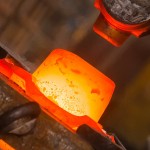 |
Iron and steel industrySee how Calex short-wavelength pyrometers can be used as a high-performance, low-cost temperature measurement solution in the iron and steel industries, where the emissivity of the metal is predictable and good results are straightforward using a single-wavelength sensor. Read more >> |
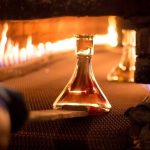 |
Glass industryInfrared temperature sensors for glass. Find out how the surface temperature can be measured in float glass manufacturing, glass bottle production and annealing. Read more >> |
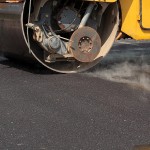 |
Asphalt industryPyrometers for measuring road surface temperature. Good temperature monitoring is required in the road construction industry, where the adhesion and integrity of the asphalt surface depends on the surface temperature when it is laid. Read more >> |
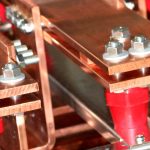 |
Power industrySensors for busbar temperature monitoring systems. Find out how copper busbar joints are monitored using Calex infrared temperature sensors to plan preventative maintenance and help spot deteriorating joints before they become a hazard. Read more >> |
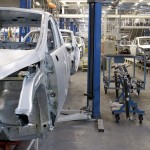 |
Automotive industryIR temperature sensors for paint curing, paint mixing, thermoforming, tyre manufacturing and automotive testing applications, among many others. Read more >> |
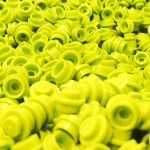 |
Plastics industryInfrared temperature sensors for plastics. Measuring the temperature of plastics is easy and straightforward with infrared temperature sensors, as thick plastics can be measured with low-cost sensors. Calex also has a specialised sensor for measuring thin plastic film temperature. Read more >> |
Application PDFs
Individual PDF application notes on industrial infrared temperature measurement:
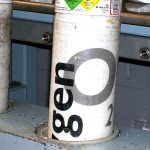 |
Gas Cylinder FillingMonitoring gas cylinder temperature during filling with Calex infrared temperature sensors. Read more (PDF) >> |
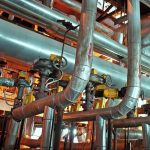 |
Heat Loss from Pipes and Flat SurfacesHow to use IR thermometry to calculate heat loss. Read more (PDF) >> |
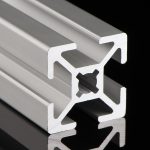 |
Extruded Aluminium Profile TemperatureIn certain aluminium extrusion situations where the material, surface finish and profile size are repeatable, it can be possible to measure the profile temperature using a short-wavelength single-wavelength sensor. This application note describes our experiences. Read more (PDF) >> |
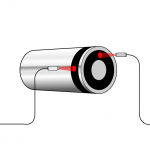 |
Roller Surface Temperature MeasurementThe reflective surfaces of heated steel rollers are commonly measured in many industries using the PyroUSB (model PUA2), however if the surface can be painted or coated, any general purpose sensor can give excellent results. Read more (PDF) >> |
Blog Posts
Read our archive of technical advice articles in our blog “What’s Hot”
